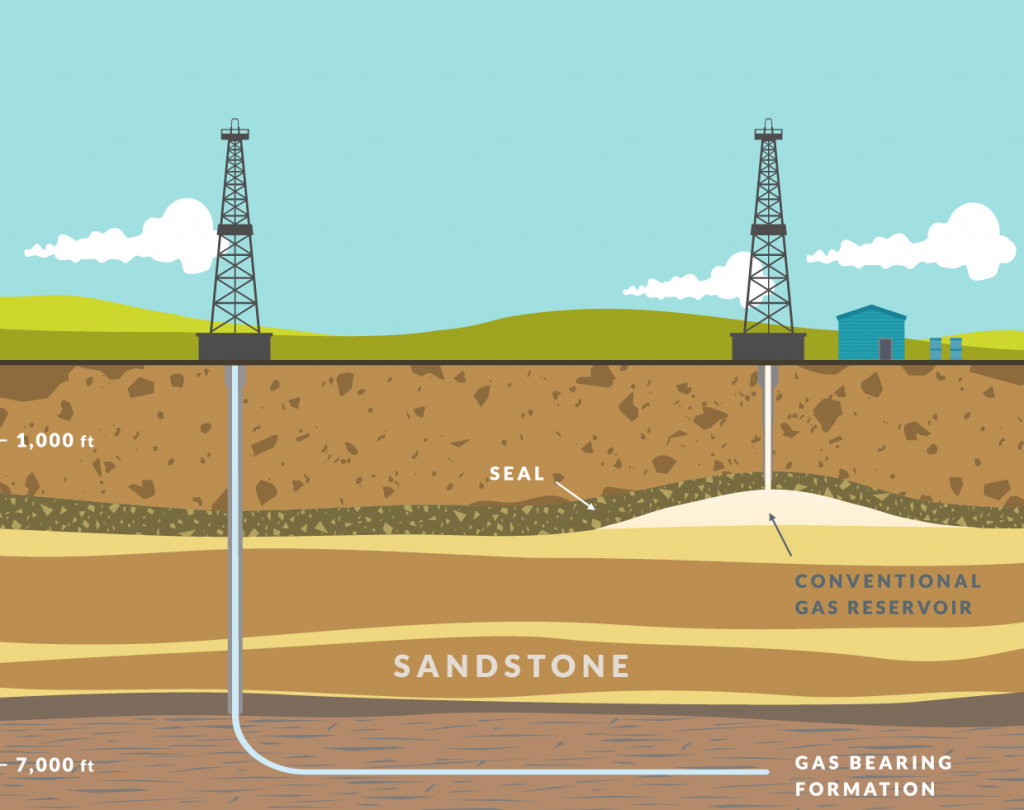Wells act as key resources for gas energy and oils. New techniques keep emerging in simplifying the existing process to increase the consumption of these natural resources. One of the techniques which use a single well for developing gas and oil resources is the Horizontal Drilling Technique.
Horizontal wells or Horizontal Drilling techniques are not new to the world and has been in existence since the early 1970’s. US Department of Energy claims that the practice has been in use as early as the year 1929.
Australia Horizontal Drilling
Australia has been specialising in horizontal drilling since the early 90’s. In Australia, Horizontal Drilling is also referred to as Directional Drilling. Australia has started using this technique regularly in NT & South Australia, targeting deep shale gas resources.
Australia drilled its first horizontal shale gas well in the year 2013. This was done in SA’s Cooper Basin by Santos. The recent NW-1H well has been drilled in Beetaloo Basin in the NT by Origin’s Amungee.
Amungee well, which was drilled in the year 2015, was fractured hydraulically during the year 2016. This was, in fact, one of the important natural shale gas innovation in the Northern territory of the country.
This, as well as many wells, have been drilled in a safe manner without causing any impact on the environment or other water resources.
Drilling large sized wells mean usage of increased quantities of adhesives, water and other requirements. However, this remains a good method since only a few wells are drilled using this method. The other advantage of drilling large sized wells using this method is that it does not cause any harm to existing water resources or surrounding environment.
A single surf location today allows a great number of wells to be drilled by various companies. This enables clustering of wells reducing the requirement of the land surface and related infrastructure in a dramatic manner.
While such clustering helps reduce the surface requirement, it helps in increasing the availability of oil and natural gas.
Directional Drilling / Deviated Drilling
Directional drilling is also referred to Deviated Drilling since it involves shifting the path of the well in a vertical manner. As long as wells run in a horizontal manner, they can deviate vertically. It is just necessary to establish the horizontal direction of the well so they can be steered in whichever direction they need to be at a later time.
Why Use Directional Drilling
There are many reasons for why people make use of directional drilling. Some such reasons are listed below for better understanding.
To increase gas and oil production since the method exposes the reservoir of the same to the wellbore in an established manner:
- Helps avoid surfaces that are sensitive from an environmental point of view
- Helps target a site that is located offshore from an onshore site
- Helps avoid surfaces that are difficult from an operational point of view
- Reduces cost and operational difficulties since multiple wells can be drilled from one single surface
- Uses just a single well to target a larger space that can provide increased supply of gas and oil
To steer the path in the well, steerable equipment gets mounted on a drilling pipe which is just behind the drill bit. All these equipment can be controlled from the land surface. This permits steering the wheel in the desired path in any direction.
Directing wells that are kilometres in depth can be done easily within centimetres of the targeted area. This is made possible due to the high precision levels of Directional drilling.
Directional Drilling technology which was specifically developed for use in Gas and Oil sector is now useful to many other industries like Water well drilling, tunnel drilling, water pipeline laying, civil engineering field which involves a lot of construction work, and telecommunication cable laying.

 +03 9795 0608
+03 9795 0608  0412 711 092
0412 711 092
Access Natural Resources Without Impacting the Environment 01Jun Posted By: admin
0 Comment(s)